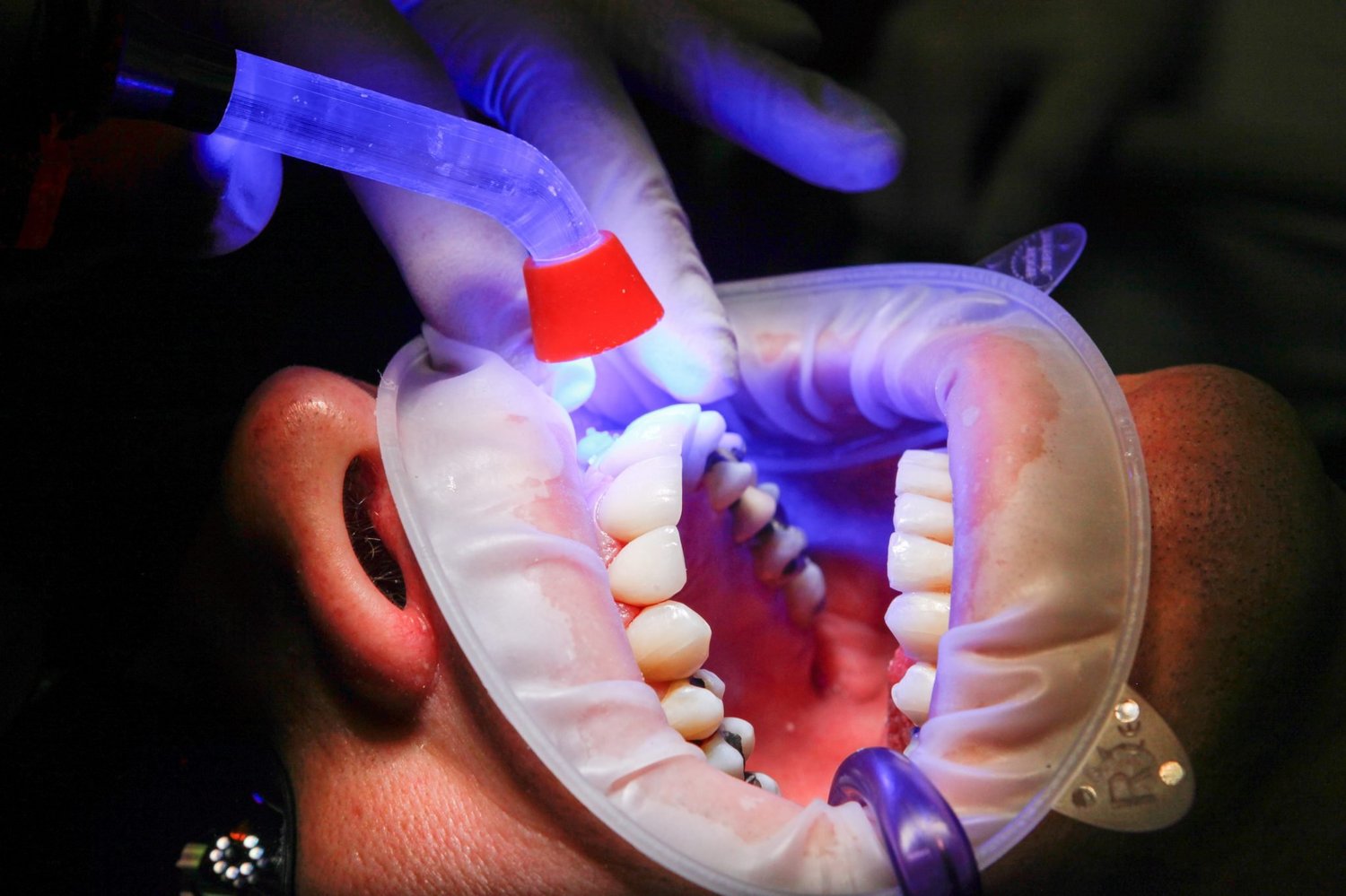When it comes to choosing the right material for a dental tooth filling in Dubai, patients are often presented with two primary options: amalgam and composite fillings. Each type has its unique advantages and disadvantages, making the choice dependent on various factors including durability, appearance, cost, and patient preference. Understanding the differences between amalgam and composite fillings can help you make an informed decision that best suits your dental needs and lifestyle.
What Are Amalgam Fillings?:
Amalgam fillings are made from a mixture of metals including silver, mercury, tin, and copper, and have been widely used in dentistry for over a century.
- Known for their strength and durability
- Ideal for filling large cavities in molars where chewing forces are high
- Typically more affordable than composite options
- Can withstand heavy wear and tear over many years
- Their metallic color is visible and less aesthetically pleasing
What Are Composite Fillings?:
Composite fillings are tooth-colored materials made from resin and glass or quartz particles, designed to blend seamlessly with your natural teeth.
- Highly aesthetic and virtually invisible when applied correctly
- Bond chemically to the tooth, providing additional support
- Suitable for both front and back teeth, especially visible areas
- Slightly less durable than amalgam, but technology improvements have increased longevity
- Generally more expensive than amalgam fillings
Durability and Longevity Comparison:
When selecting a filling material, understanding how long it will last and how well it holds up under chewing pressure is crucial.
- Amalgam fillings often last 10-15 years or more
- Composite fillings typically last 5-10 years depending on care and placement
- Amalgam is more resistant to wear, ideal for heavy chewing areas
- Composites may chip or wear faster but can be repaired easily
- Regular dental check-ups can extend the lifespan of both types
Aesthetic Considerations:
The appearance of your filling plays a significant role, especially when the cavity is in a visible area.
- Amalgam fillings are metallic and clearly visible when you smile or talk
- Composite fillings match the natural tooth color, offering a discreet option
- Composites allow for precise color matching and layering for a natural look
- Amalgam is often chosen for back teeth where aesthetics are less critical
- Patients seeking cosmetic appeal usually prefer composites
Safety and Health Concerns:
Some patients worry about the safety of dental materials, especially regarding mercury in amalgam fillings.
- Amalgam contains elemental mercury, which is stable and considered safe by many dental associations
- Research shows no proven health risks from properly placed amalgam fillings
- Composite materials are mercury-free and biocompatible
- Some individuals may have allergies or sensitivities to composite resins
- Dentists assess patient health history before recommending filling types
Cost Factors:
Budget often influences the choice between amalgam and composite fillings.
- Amalgam fillings are generally more cost-effective and covered by many dental insurance plans
- Composite fillings tend to be more expensive due to material cost and longer application time
- Composite fillings may require replacement sooner, potentially increasing long-term costs
- Patients prioritize value versus aesthetics differently when making their decision
- Clinics offering dental tooth filling in Dubai typically provide transparent pricing and options
Procedure and Application Differences:
The method of placing the filling affects treatment time and patient comfort.
- Amalgam fillings require the dentist to remove more tooth structure for secure placement
- Composite fillings bond directly to the tooth, often preserving more natural enamel
- Composite placement involves layering and curing with a special light, which takes longer
- Amalgam placement is quicker but may cause temporary tooth sensitivity
- Both procedures are performed under local anesthesia for patient comfort
Environmental Impact:
An increasingly important consideration is the environmental footprint of dental materials.
- Amalgam contains mercury, requiring careful disposal to prevent environmental contamination
- Many dental clinics follow strict protocols to minimize mercury waste
- Composite fillings are considered more environmentally friendly as they contain no heavy metals
- Growing eco-consciousness influences some patients’ and dentists’ material choices
- Dubai dental clinics are adopting sustainable practices in dental waste management
Availability and Patient Preference in Dubai:
When seeking dental tooth filling in Dubai, it’s important to consider what materials are readily available and preferred by both patients and practitioners.
- Most dental clinics offer both amalgam and composite fillings
- Composite fillings are gaining popularity due to their aesthetic appeal
- Amalgam remains a reliable and cost-effective option for posterior teeth
- Patient preference is often influenced by information provided during dental consultations
- Experienced dentists guide patients toward the best choice based on individual needs
Final Thoughts:
Choosing between amalgam and composite fillings depends on multiple factors including durability, appearance, safety, cost, and personal preference. When considering a dental tooth filling in Dubai, consulting with a skilled dentist can help you weigh these pros and cons to select the material best suited for your dental health and lifestyle. Both options offer effective solutions for restoring decayed teeth and maintaining oral function, ensuring your smile remains healthy and confident for years to come.

